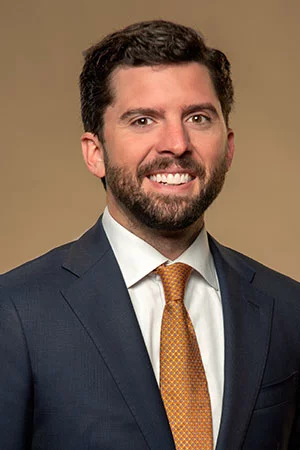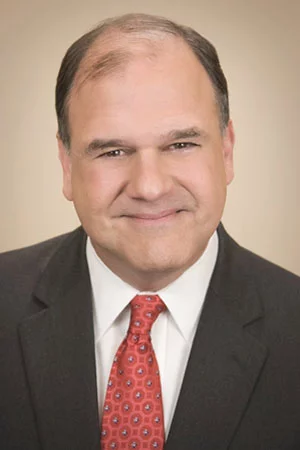Today is February 2nd – across the United States, we’re celebrating Groundhog Day. Many kids are asking whether Punxsutawney Phil saw his shadow this year (he did). However, for those of us who are old enough to remember, this occasion has added meaning.
Consider this quote:
“Sometimes in life, your situation will keep repeating itself until you learn your lesson.”
This is basically the plot of Groundhog Day, the beloved 1993 comedy starring Bill Murray. In this film, Murray’s character is stuck in a time loop. Weatherman Phil Connors lives the same day over and over again, every day. While this movie is comedic in tone, its lessons hold real value for those of us striving to break the cycle of addiction.
Why is Addiction Like Groundhog Day?
Many people in 12 Step meetings refer to this film, saying that “Every day was like Groundhog Day.” Let’s explore exactly how this movie relates to the experience of addiction.
Ignoring the Consequences
In the beginning of the film, Phil behaves chaotically – he leads police in a high-speed chase, binge eats, commits robbery and has a string of one-night stands. Because the days start right over, he completely ignores the consequences of his actions. He manipulates others and behaves selfishly without regard for how it affects anyone else.
Unfortunately, addiction causes many of us to act this way while under the influence of drugs and alcohol. It can be extremely challenging to put cravings aside and focus on your loved ones. When you’re chemically dependent on a substance, so much of your mental real estate is dedicated to obtaining, using and recovering from that drug or drink. This causes a ripple effect in other areas of life. You may experience worsened job performance, financial difficulty, relationship problems, or legal trouble – worst of all, you probably don’t care. Many addicts watching this film probably see themselves in Phil’s actions.
Feeling Trapped
As the days wear on (and keep restarting), Phil becomes more and more depressed. He desperately seeks a way out of his situation. He commits suicide in a variety of ways, even driving himself (and the groundhog) off of a cliff. However, no matter what he does, it seems he is doomed to keep waking up on February 2nd to Sonny and Cher’s “I Got You Babe.”
Addiction drives us to our breaking point again and again. Whether it’s a DUI, job loss, financial ruin or divorce, we will eventually begin seeing the signs that this cannot go on. That is why the very first step of Alcoholics Anonymous requires us to admit two things: that we are powerless over alcohol (or drugs), and that our lives have become unmanageable. Phil realizes that his situation cannot continue, and yet it does. The message here is that when we keep acting the same way over and over, we will keep struggling.
Seeing the Silver Lining
When Phil tries to convince Rita, his love interest, that he is trapped in a loop, things don’t go exactly as planned. Once she is finally convinced of the time warp, Rita encourages Phil to think of it as a blessing, not a curse.
This direction to see the silver lining can help us to avoid hitting rock bottom and seek treatment. We must remember that there is always room to recover, and that our lives are always worth fighting for. While addiction itself is not a positive influence in our lives, over time, the lessons it has taught us can help us to become better people.
Needing to Make a Change
After his conversation with Rita, Phil decides to use his knowledge of the loop to change himself and other people in the town. He uses his experience to save people from accidents and misfortunes. He also begins a journey of self-improvement, during which he learns piano, ice sculpting and French. In the final version of the loop, Phil passionately reports on the Groundhog Day festivities and makes a splash in town, resulting in the calendar finally changing over to February 3rd.
This is the most powerful message of all. Only by changing himself could Phil break the loop of Groundhog Day. Similarly, only by deciding to seek sobriety can we break the cycle of addiction. We must seek continuous self-improvement, make amends and become better versions of ourselves. By devoting ourselves to the daily practices involved in recovery, we can finally be free.
Break Your Groundhog Day Cycle
While the film covered in this blog post is almost 30 years old, its message still resonates. We hope that by pursuing treatment, you are able to break your own cycle of addiction. You deserve a full and vibrant life – not the same day over and over again.
To learn more about the complete continuum of care at Cumberland Heights, please contact our admissions team today.










